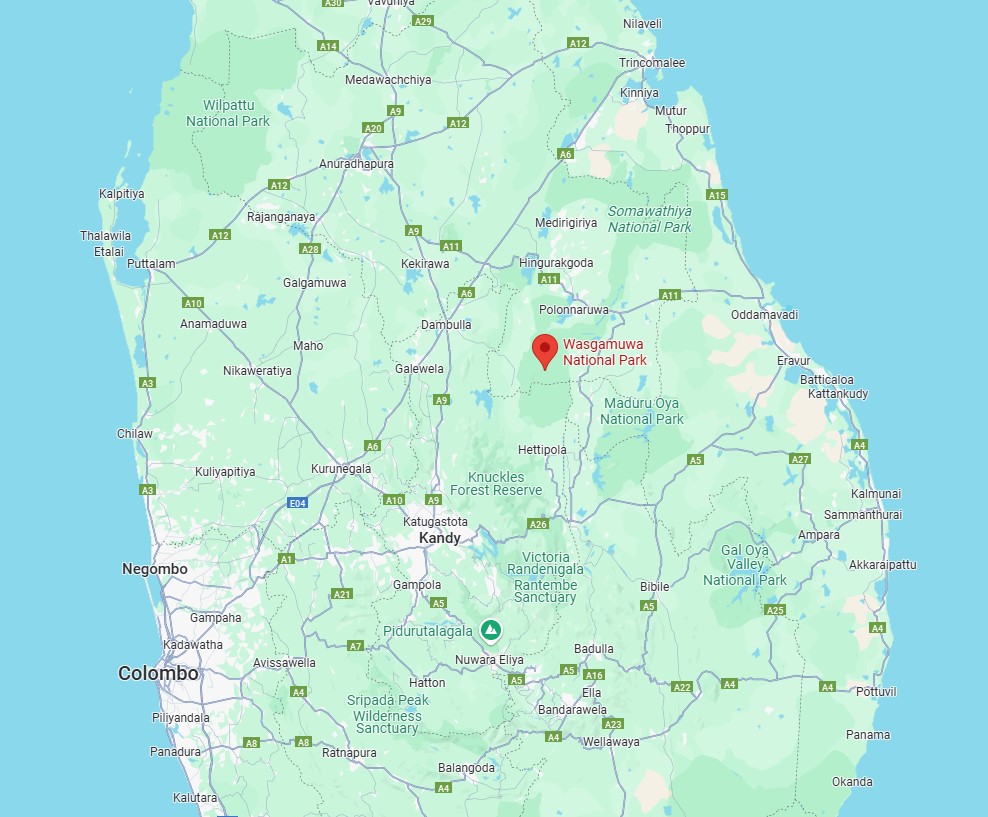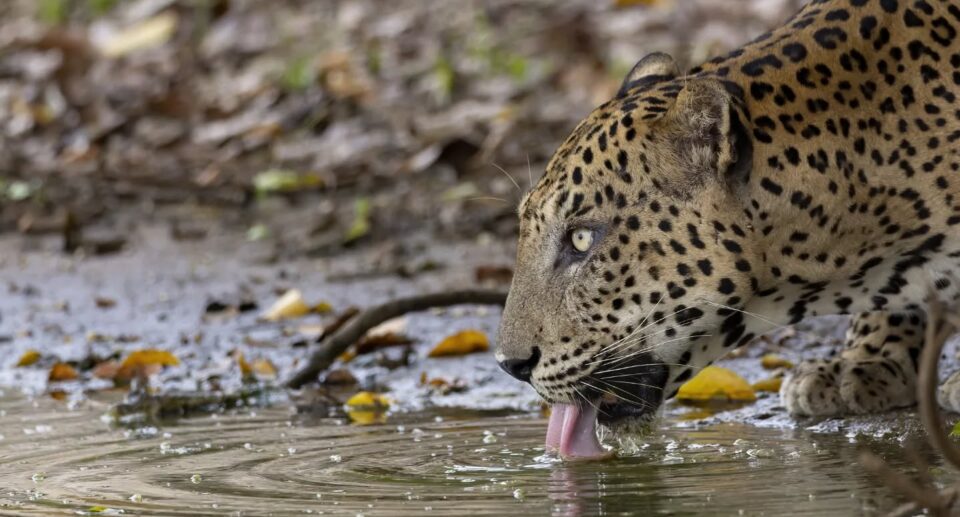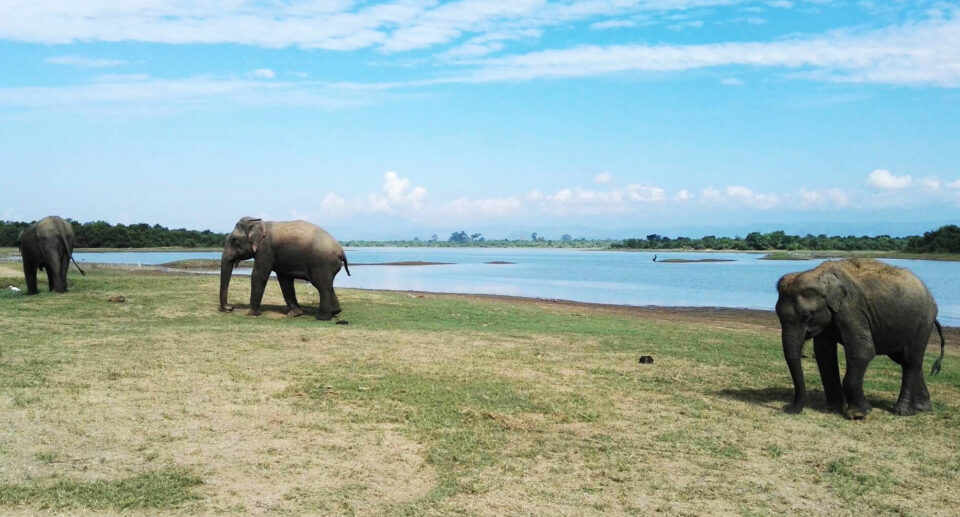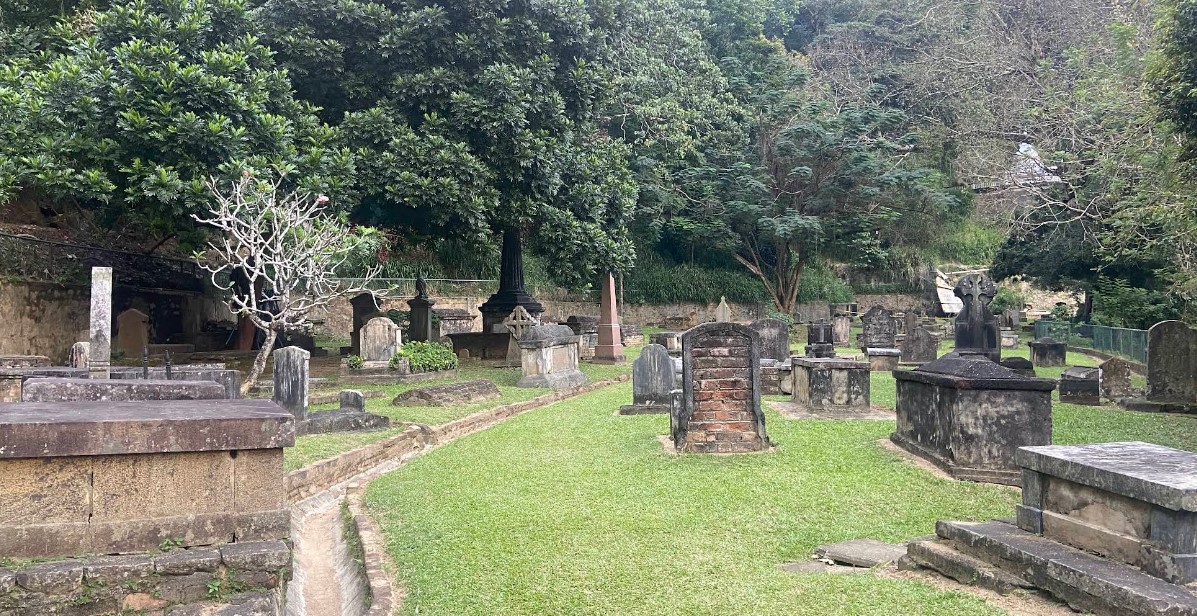Wasgamuwa National Park: A Hidden Gem of Sri Lanka’s Wildlife
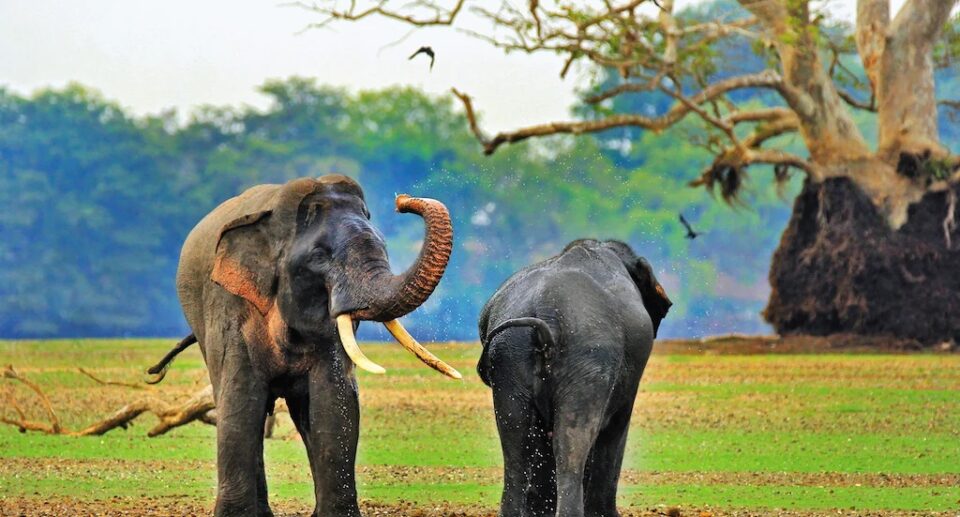
Far within Sri Lanka’s Central Province is hidden Wasgamuwa National Park, one of the quieter secret gems seldom discussed, yet not any less notable than better-advertised cousins. Winding through sections of the Matale and Polonnaruwa districts, Wasgamuwa is a rich mine of biodiversity, scenic beauty, and heritage. Its remote charm, combined with its rich wildlife, makes it perfect for nature lovers, birdwatchers, and anyone seeking an off-the-beaten-path safari experience.
A Brief History
The name “Wasgamuwa” is derived from two Sinhalese words: “Walas Gamuwa”, or “Sloth Bear Forest” (walasa – sloth bear, gamuwa – village or forest). True to its name, the park boasts a relatively healthy population of sloth bears, although they are shy and nocturnal.
Wasgamuwa was declared a national park in 1984, primarily to protect resettled wildlife from development activities within the Mahaweli irrigation lands. It was also incorporated in the Mahaweli Development Project, one of Sri Lanka’s largest agricultural and settlement projects. The park today is a haven for various species of animals, some of whom were displaced from their natural habitat by human endeavor.
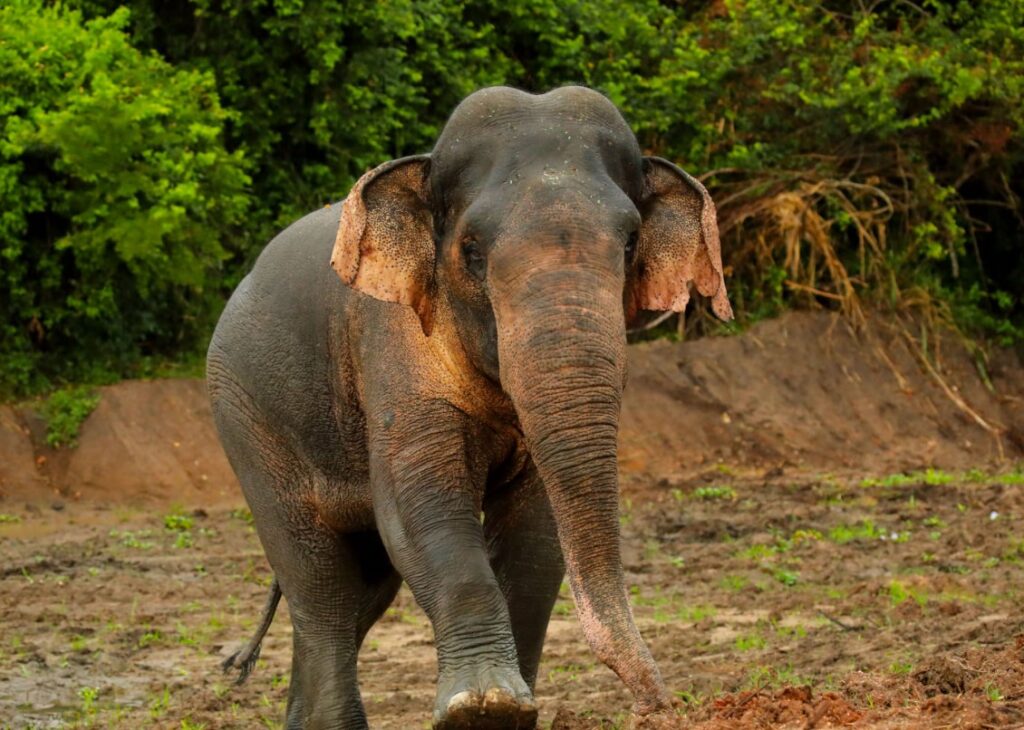
Location and Accessibility
Wasgamuwa National Park lies some 225 kilometers north of Colombo and can be reached through Kandy, Matale, or Polonnaruwa. It is 393 square kilometers in extent and flanks the Mahaweli Ganga (Sri Lanka’s longest river) and Amban Ganga on either side and thus forms a natural boundary and also a source of sustenance to its diverse ecosystem.
There are four large entrances to the park, the Handungamuwa and Sudu Ganga entrances being the most used by the tourist coming from the Matale direction.
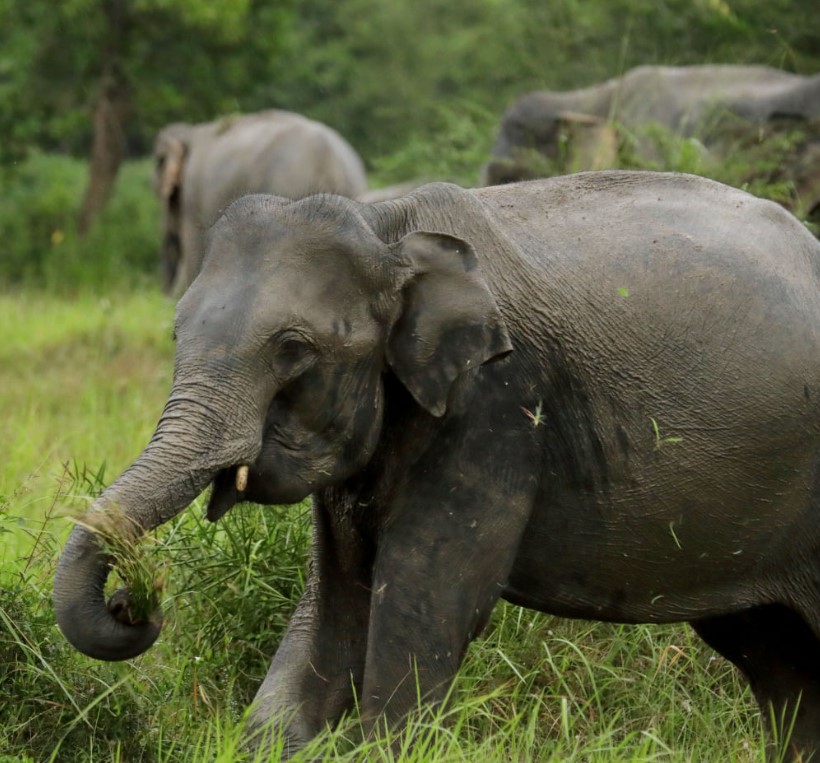
Natural Landscape and Climate
The natural landscape of Wasgamuwa is a picturesque blend of: Lowland tropical dry forests Scrublands, Marshy grasslands , Riverine forests
Open plains and rocky outcrops
The park lies within the dry zone, with a mean annual rainfall of approximately 1650–2100 mm, and it experiences monsoon-influenced weather. The wet season typically extends from October to January, and the period from February to September is ideal for wildlife watching.
Flora and Fauna
Flora – Vegetation in Wasgamuwa is predominantly dry monsoon forest, with over 150 plant species recorded, including: Palu (Manilkara hexandra) , Weera (Drypetes sepiaria) Ebony ,Tamarind,Kumbuk (Terminalia arjuna), especially along rivers
The canopy of the forest varies from semi-deciduous where the climate is drier to evergreen where the climate is wetter, offering a range of habitats that support a wide range of animal species.
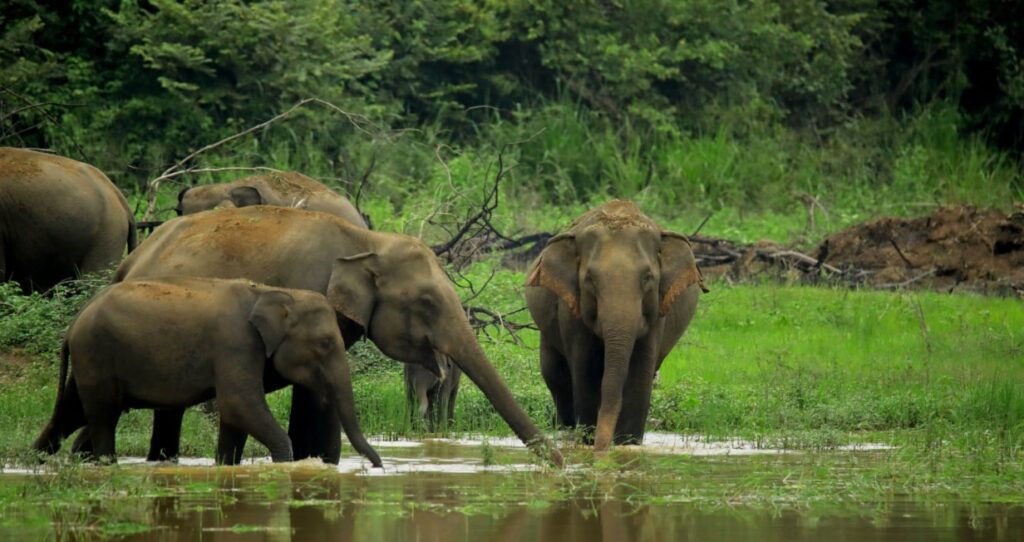
Mammals
Wasgamuwa is particularly renowned for possessing an enormous number of elephants exceeding 150. These elephants are generally found bathing in rivers, grazing on grasslands, or crossing trails in the evenings and mornings.
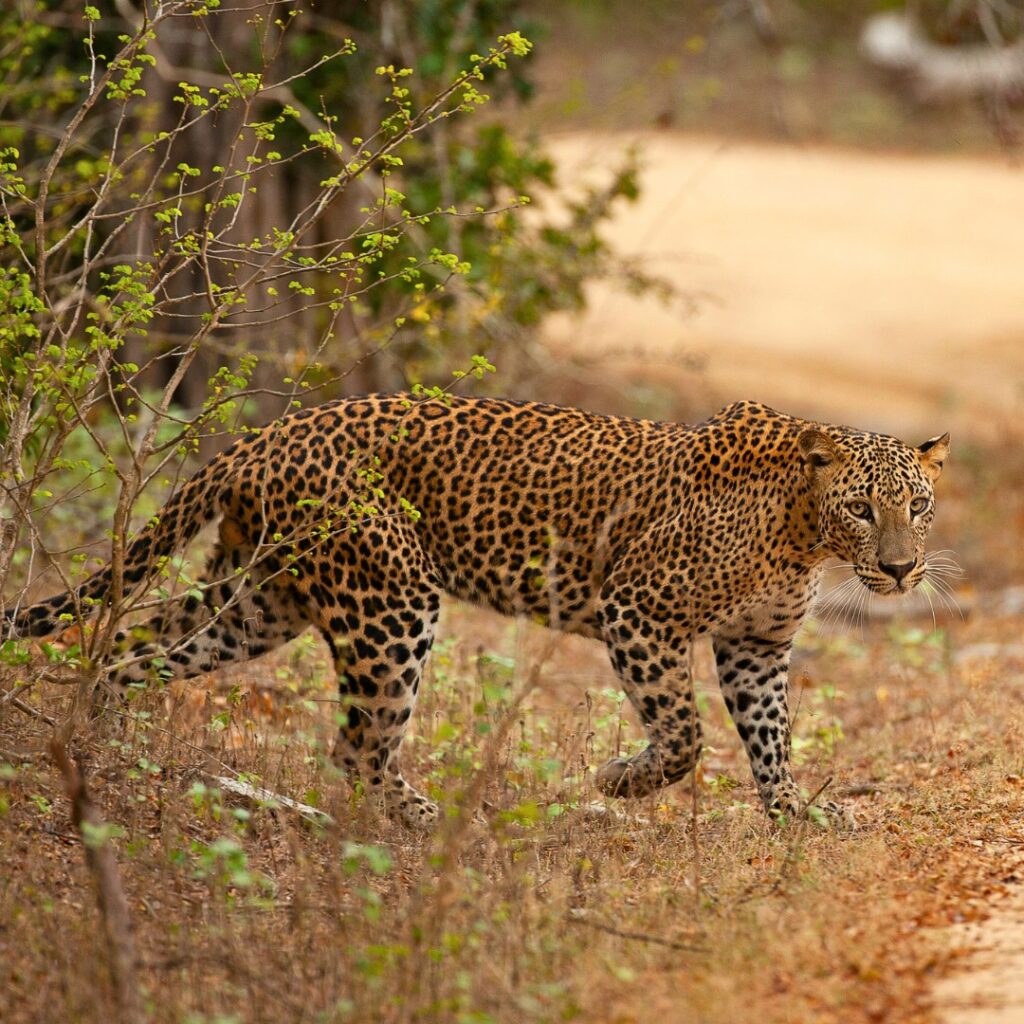
Other mammals include: Sloth Bear (Melursus ursinus) – a nocturnal and shy resident, yet frequently encountered in the fruiting season of Palu.
Leopard (Panthera pardus kotiya) – though seldom encountered due to its dense habitat, yet it does occur in the park.
Water Buffalo, Spotted Deer, Sambar Deer, Wild Boar, Purple-faced Langur ,Toque Macaque
There are 23 mammal species documented so far in Wasgamuwa.
Birdlife
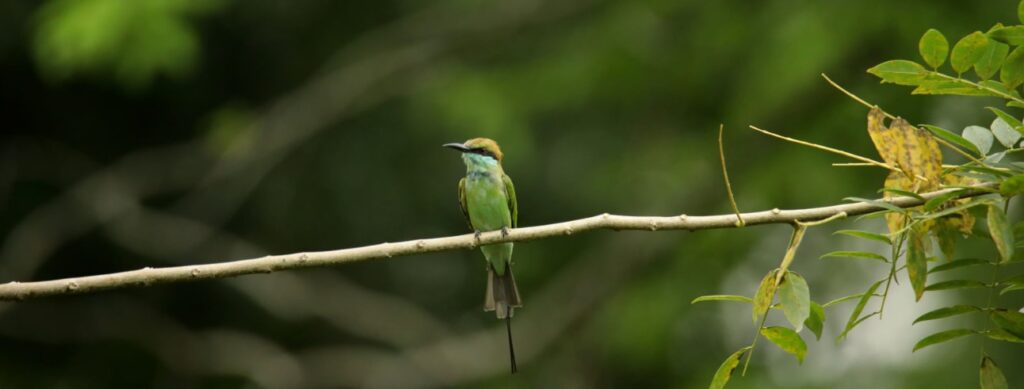
Birders consider Wasgamuwa as heaven, with more than 140 species of birds, including residents and migrants.
Some of the prominent birds are: Sri Lanka Junglefowl (national bird and endemic),Red-faced Malkoha ,Malabar Pied Hornbill ,Lesser Adjutant, Painted Stork ,Black-headed Ibis ,Crested Serpent Eagle, Brown Fish Owl During migratory season (November to March), water birds visit marshes and lakes, adding to the birdwatching potential of the park.
Reptiles and Amphibians
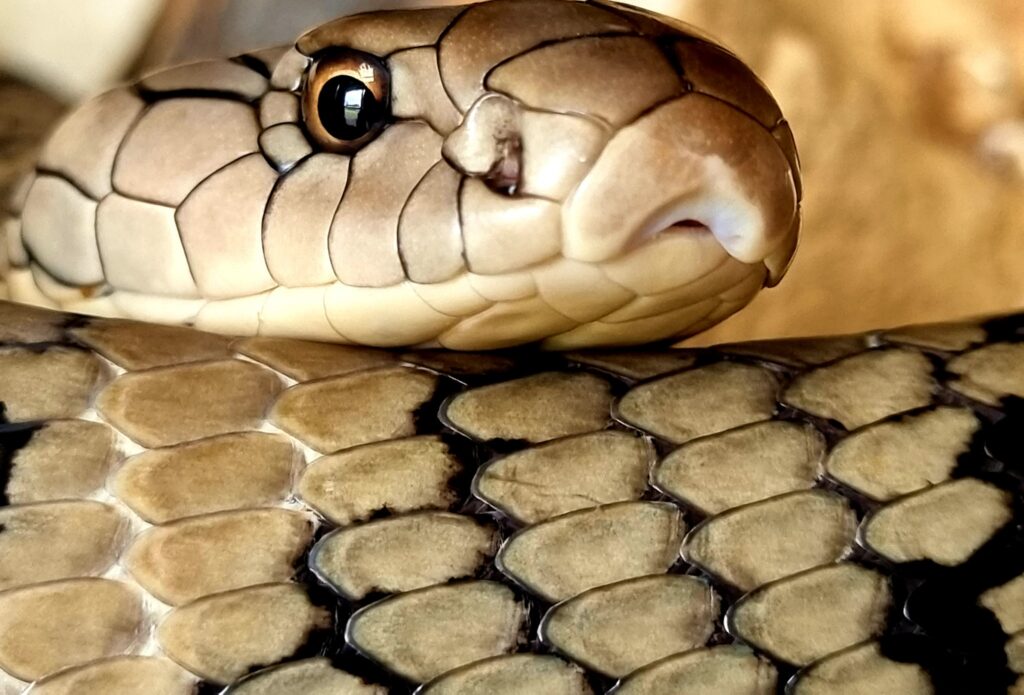
The park is also home to some reptiles and amphibians, including:, Mugger Crocodiles ,Water Monitors Python, Russell’s Viper, and other snake species Indian Star Tortoise, Common Tree Frogs These animals occupy the wetlands, dense forests, and riparian habitats of the park.
Cultural and Historical Significance
Wasgamuwa is not just rich in natural resources but in cultural and archaeological importance: There are remnants of ancient tanks, stone pillars, and shrines, particularly in the Dimbulagala area, indicating its former utilization in the Anuradhapura and Polonnaruwa kingdoms. Buddhist ruins and stone inscriptions bear evidence of early civilization and monastic life.
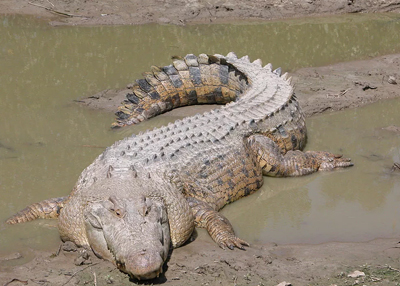
All these cultural elements add a unique flavor to a Wasgamuwa safari, blending history and nature.
Safari and Visitor Experience
A Wasgamuwa safari is a personal and crowd-free wildlife experience. Unlike parks such as Yala or Minneriya, Wasgamuwa receives far fewer visitors, resulting in a peaceful and natural experience.
Safari Options: Half-day safaris: Morning (6:00 AM – 10:00 AM) or evening (2:30 PM – 6:00 PM) Full-day safaris: Ideal for photographers and birdwatchers
Things to Expect: Scenic drives through varied habitats, River crossings and viewing large herds of elephant,Birding along wetlands and lakes Opportunistic spots of sloth bears or leopards
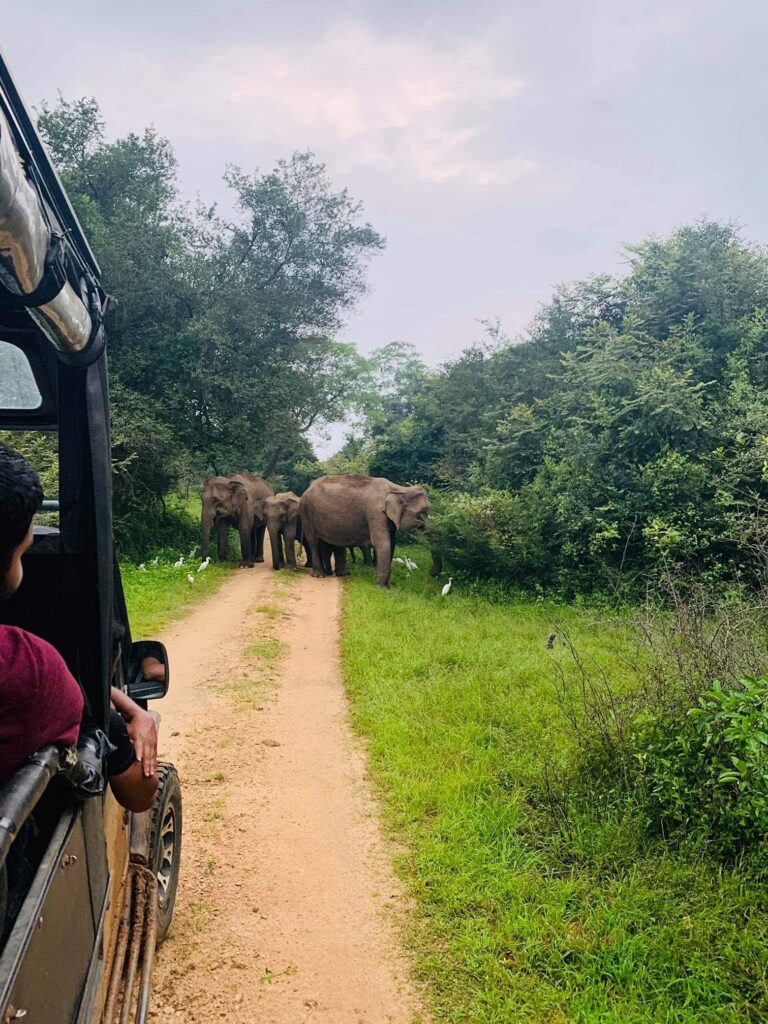
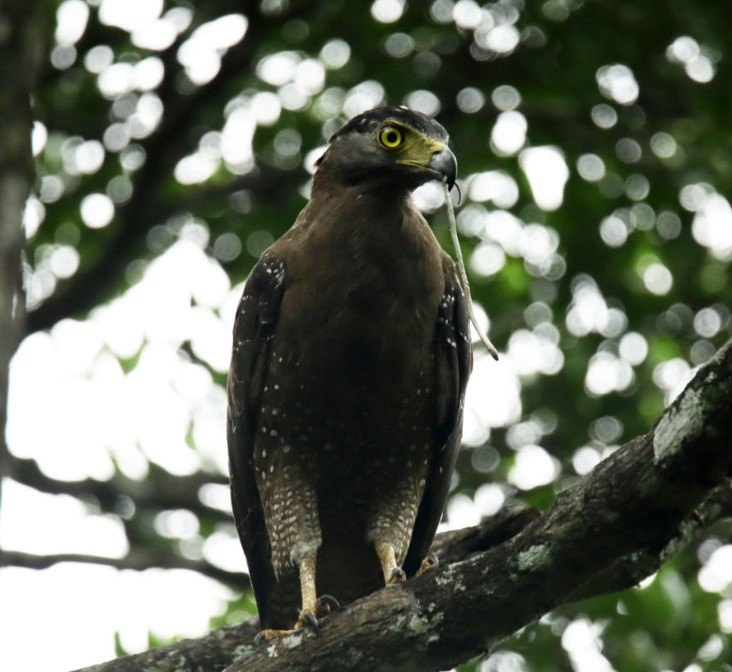
It’s highly recommended to visit with a seasoned guide or tracker who knows the terrain and wildlife habits.
Conservation and Threats
Despite its importance, Wasgamuwa faces several conservation threats, Human-elephant conflict, particularly with bordering farming communities
Encroachment and illegal logging
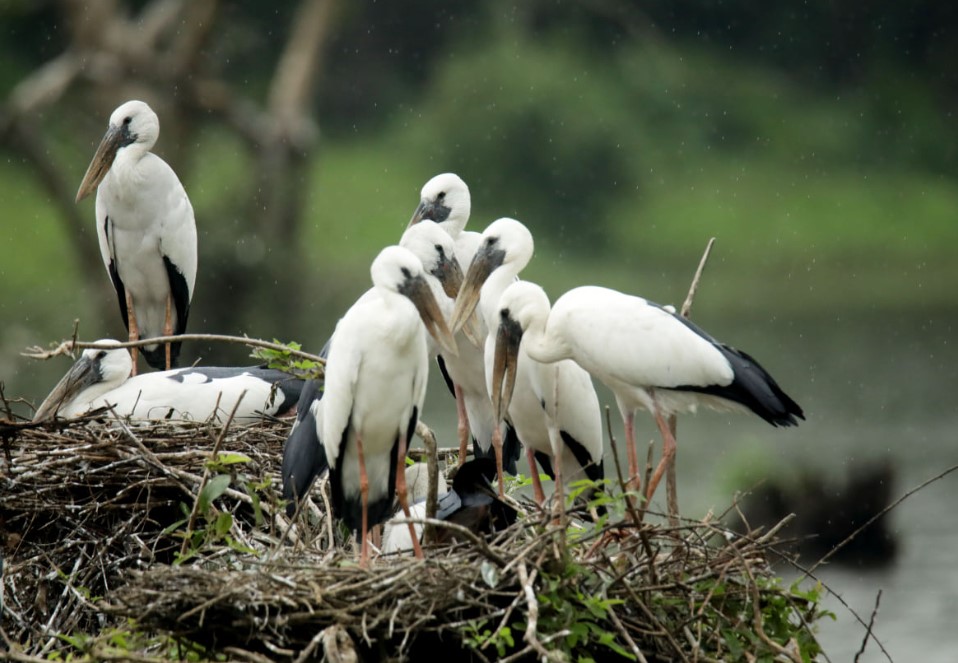
Poaching, though less frequent in recent years Sri Lanka’s Department of Wildlife Conservation and foreign and local NGOs are attempting to manage these threats, establish eco-tourism, and engage communities in conservation.
How to Get There
From Colombo or Kandy: Through Matale or Mahiyanganaya, depending on the starting point. Nearest towns: Hettipola, Handungamuwa, or Naula.
By public transport:
Buses go to Polonnaruwa or Mahiyangana, from where a tuk-tuk or jeep can be rented to reach the park.
Accommodations
Wasgamuwa offers all categories of accommodations: Eco-lodges and safari camps near the park entrances Guesthouses at Matale or Hettipola Camping facilities inside the park (with prior permission)
Recommended stays are: Wasgamuwa Safari Village, Homestays near Handungamuwa
Best Time to Visit
June to September dry season is best for wildlife viewing, especially elephants and waterfowl near water bodies. Avoid heavy rains in October to January, when road accesses get muddy and washed away.
